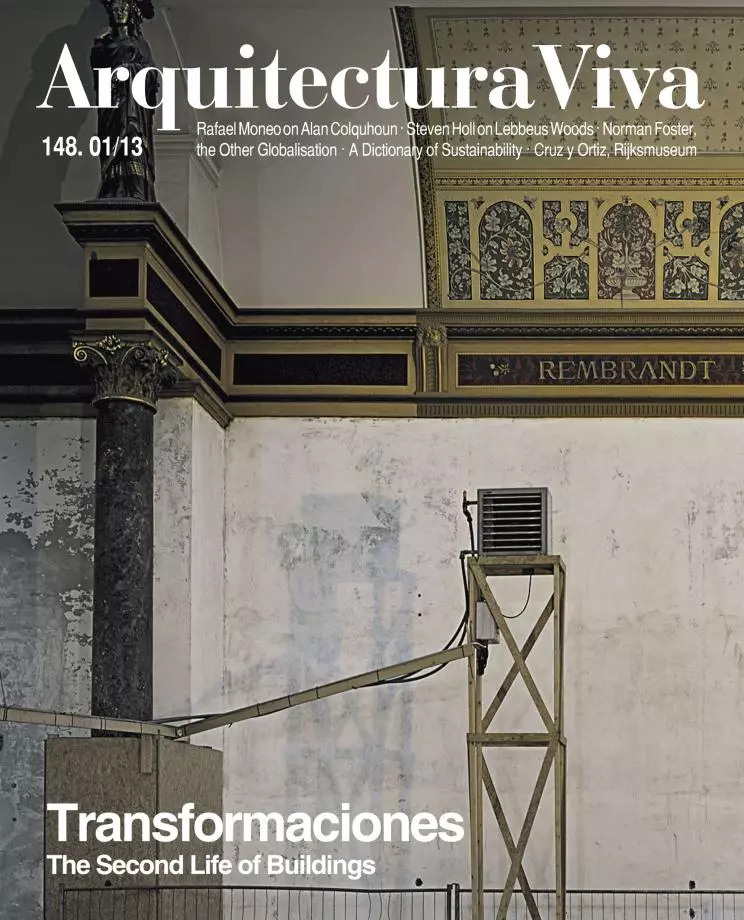
Lots of drilling for oil is going on in the region of Kurdistan, but if you probe deep into the ground at the hilltop capital of Tell Erbil, instead of petroleum you will discover evidence of layer after layer of mud-brick dwellings. Each generation since the 6th century BC has rebuilt on top of their ancestors’ houses, repeating the identical courtyard type with few exceptions. The piling of house upon house raised the terrain to a 30-meter-high mound. Such architectural metamorphosis imitated the cycles of natural growth, decay and regeneration as the organic materials of construction decomposed and were reshaped into the next version of the same house. As the process was acculturated, it became a ritual necessity to rebuild one’s house as the allegory for the continuation of the family, a custom one can still observe elsewhere in Mali during the spring when the community comes together to resurface the Great Mosque of Djenné with mud plaster. As the city of Tell Erbil rose, it acquired both a monumental profile that reinforced its religious primacy and a strategic advantage for defense. But the ancient city also chose to keep things dense in order to conserve the community’s most valuable asset: the arable land. While Mircea Eliade proposed that the sacred lie within the walls and the profane outside, any nomad would explain it differently: it is the land that is sacred, not what humans impose upon it.
The ancient practice came to mind when considering a statement by Renzo Piano during a convention in 2011: “It is now time to build on the built, to requalify the existing, to avoid consuming the land.” He captures a common sentiment felt by most people concerned with making cities more sustainable. It means not just rebuilding already urbanized sites, which can be quite controversial if they have historic status, but also sanitizing ex-industrial brown field sites, giving them new functions for commerce and dwelling. In all cases the mission is to densify the existing rather than sprawl. Piano’s St. Giles Central project in London (see Arquitectura Viva 143), is a good example of that.
While no one would think of the postmodern city as the embodiment of the sacred, and only a few would esteem the land as such, a certain religious echo emanates from the ecological imperative to build on the built, and behind it lies the fear of the planet’s impending heat death. The most impressive project that I have recently noticed is one that most people would like to deny. French and Italian engineers are constructing a grand vault, three times higher than Tell Erbil and almost as large in area to contain the faulty nuclear reactors of Chernobyl. The hastily assembled concrete sarcophagus thrown over this man-made contribution to heat death in 1986 began cracking long ago, permitting radioactivity to leach into the land and waters. The new container, financed by over forty European nations, will contain the problem, and during a fifty-year period allow robots to clean up the dangerous site. That they call this ultimate building on the built ‘the Ark’ harks back to primordial religious intuitions; not to Noah’s Ark, but to the Ark of the Covenant, the pact with a fearful deity. Maybe land will become sacred again after all.





